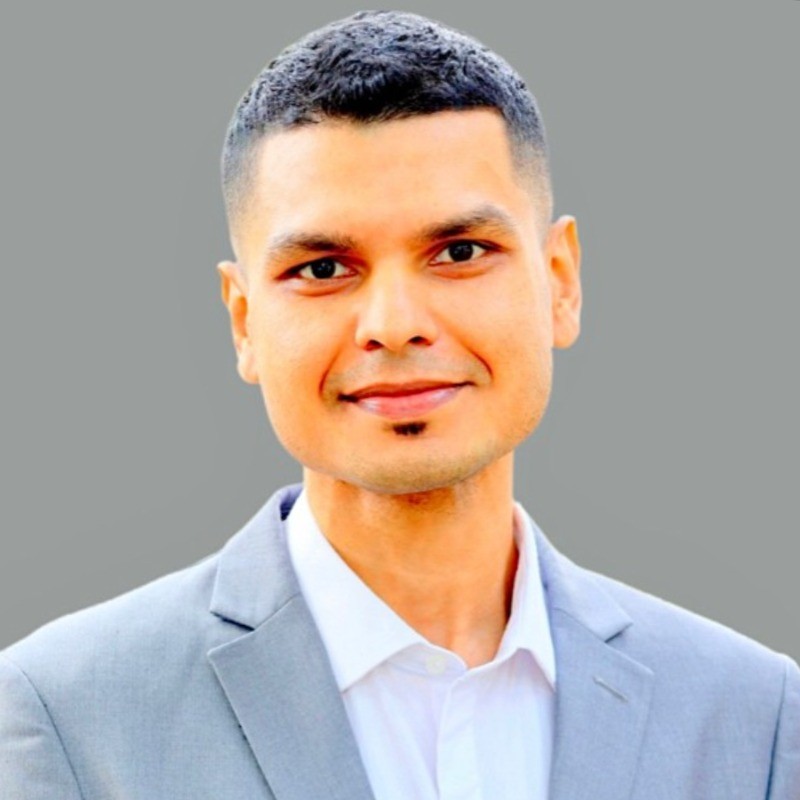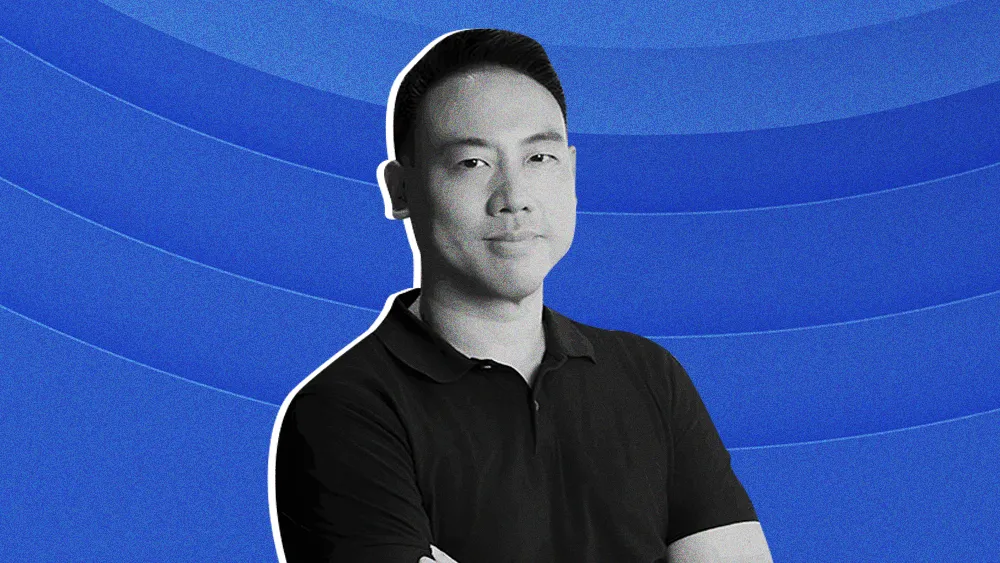
Key Points
- The strategic focus in AI is shifting from simplistic prompt engineering to mastering context and orchestration for intelligent agent systems.
- CTO and Global Head of Cloud Product, Engineering, and AI/ML Bijit Ghosh discusses building context-aware and self-evolving systems as to unlock the next phase of AI utility.
The strategic calculus for AI in the enterprise has flipped. The choice is no longer just about quick adoption or hitching onto the latest and greatest tech stack, but about mastering the very context that makes an agent truly intelligent. The biggest risk isn't building with imperfect tools; it’s waiting for a perfect solution when the underlying infrastructure is moving at an asteroidal pace. While the first generation of AI mastery was focused on prompt engineering, the future hinges on sophisticated context interpretation and seamless orchestration.
We spoke with Bijit Ghosh, CTO and Global Head of Cloud Product, Engineering, and AI/ML at a tier-one financial services firm. His track record of architecting high-stakes transformations in global finance puts him on the front lines of this change, and he is clear that the time for waiting has passed.
"We can't afford to sit back and wait for some magical solution to come from a startup," Ghosh said. "The market is different, the appetite is different. We are not waiting for a perfect solution; we are building it now, creating the mechanisms and the muscle which is very important." This means leading with a very opinionated architecture, defining internal frameworks for agents, observability, and knowledge graphs, and iterating daily to validate their impact.
Context is king: "Instead of replacing traditional software systems, we are trying to rewire an entirely new intelligent architecture," Ghosh explained. The industry is moving beyond simple "prompt engineering" to Context Engineering, where agents pull from a dynamic knowledge graph to understand what has changed, who owns it, and what dependencies exist before they act. The goal is to break down data silos and shift from reactive, human-dependent systems to a proactive model, creating a "context-rich fabric" where ambient agents operate within a "cognitive layer" to provide rock-solid reliability through what he calls "cognitive delegation".
The governance gap: Ghosh's proactive approach is born from necessity as much as strategy. He pointed to current MCP shortfalls, where the market has yet to deliver mature tools for core functions like authorization, authentication, input validation, and auditability. This forces enterprises like his to create their own lightweight wrappers and embedded trust to establish secure guardrails. As for who will solve this gap, in Ghosh's view the solution coming from multiple fronts. While foundational model providers like Anthropic "have the edge," with significant contributions coming from the open-source community and agile startups, noting that the race is on to see which companies will define the next wave of infrastructure, and which are "on the teaching side of it" with the ability command enough visibility to drive education and adoption across entire markets.

The architectural change of these new workflows creates a future where the enterprise operates as a single "living knowledge" system. "We are moving from static data to becoming the cognitive memory of the organization, constantly learning and assessing," Ghosh said. His vision consists of a "self-evolving stack" where swarms of agents can write, test, and deploy code by learning from the context within the organization's systems. "Everything happens through the agent lens, which is learning based on the context, who's making the change, and who's learning based on the feedback from the human."
Solving the iron triangle: "For us, it's not just efficiency. Does it help you reclaim time? Does it remove manual effort? Does it position you to make decisions faster and smarter?" Ghosh rhetorically asked. He mused in a recent LinkedIn post, how AI didn't just bend the "iron triangle," it melted it, allowing solutions to be fast, cheap, and great all at once without sacrifice. The ultimate goal is to solve core problems and improve the entire system.
Pragmatism and promise: The new reality requires a fundamental change in how engineering teams operate, and Ghosh is pragmatic about the journey ahead. He acknowledged they are "not there yet" from a production standpoint, with only 2-5% of new workloads currently deployed through these intelligent solutions, and that adoption is not yet highly scalable. This reality is what fuels his call for a new approach. "We really have to look on how we're going to embrace the changes slowly, but at the same time more faster, so that we're not creating friction for our engineers," Ghosh said. "This is definitely a mind shift that is moving, and I do believe it will be transformative."
.svg)





.webp)